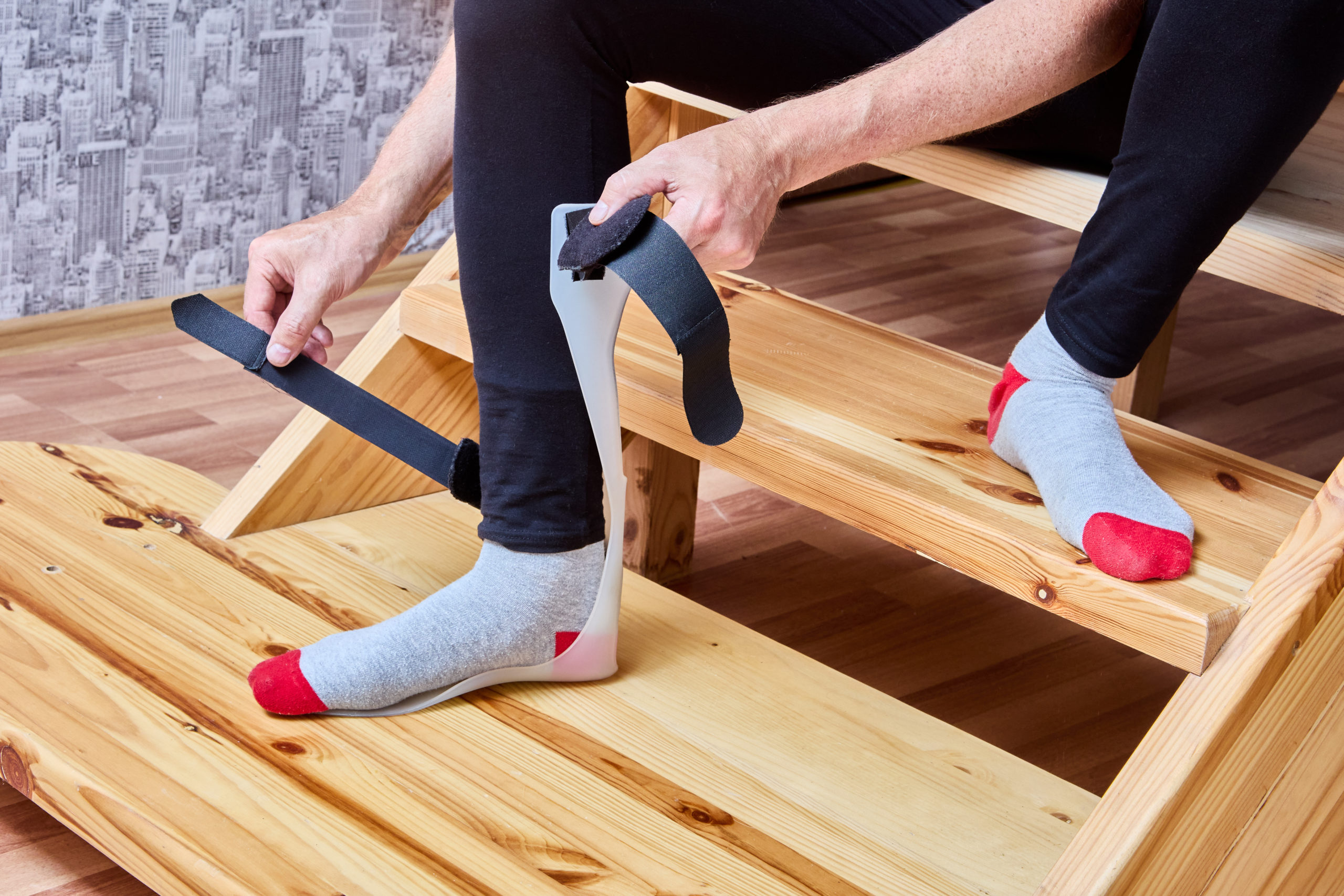
Are you ready to embark on a thrilling adventure that combines swimming, cycling, and running? Triathlons are the ultimate test of endurance, pushing you to your limits while embracing the exhilaration of completing three incredible disciplines. As a podiatrist with a passion for sports and foot health, I’m here to share some valuable tips to help you conquer your triathlon with a smile on your face. Beginners to Triathlons have great ‘half’ or ‘short course’ options to get started. So, no excuses, lace up your shoes, dive in, and let’s make your triathlon experience truly epic!
Read more





 Occupational therapy plays a vital role in supporting the development and well-being of children with Autism Spectrum Disorder (ASD). By addressing sensory, motor, and cognitive challenges, occupational therapists empower autistic children to enhance their functional abilities and engage in their life whole heartedly. In this blog, we will explore the significant impact of occupational therapy on autistic children and how it promotes their independence and participation in daily activities.
Occupational therapy plays a vital role in supporting the development and well-being of children with Autism Spectrum Disorder (ASD). By addressing sensory, motor, and cognitive challenges, occupational therapists empower autistic children to enhance their functional abilities and engage in their life whole heartedly. In this blog, we will explore the significant impact of occupational therapy on autistic children and how it promotes their independence and participation in daily activities.


